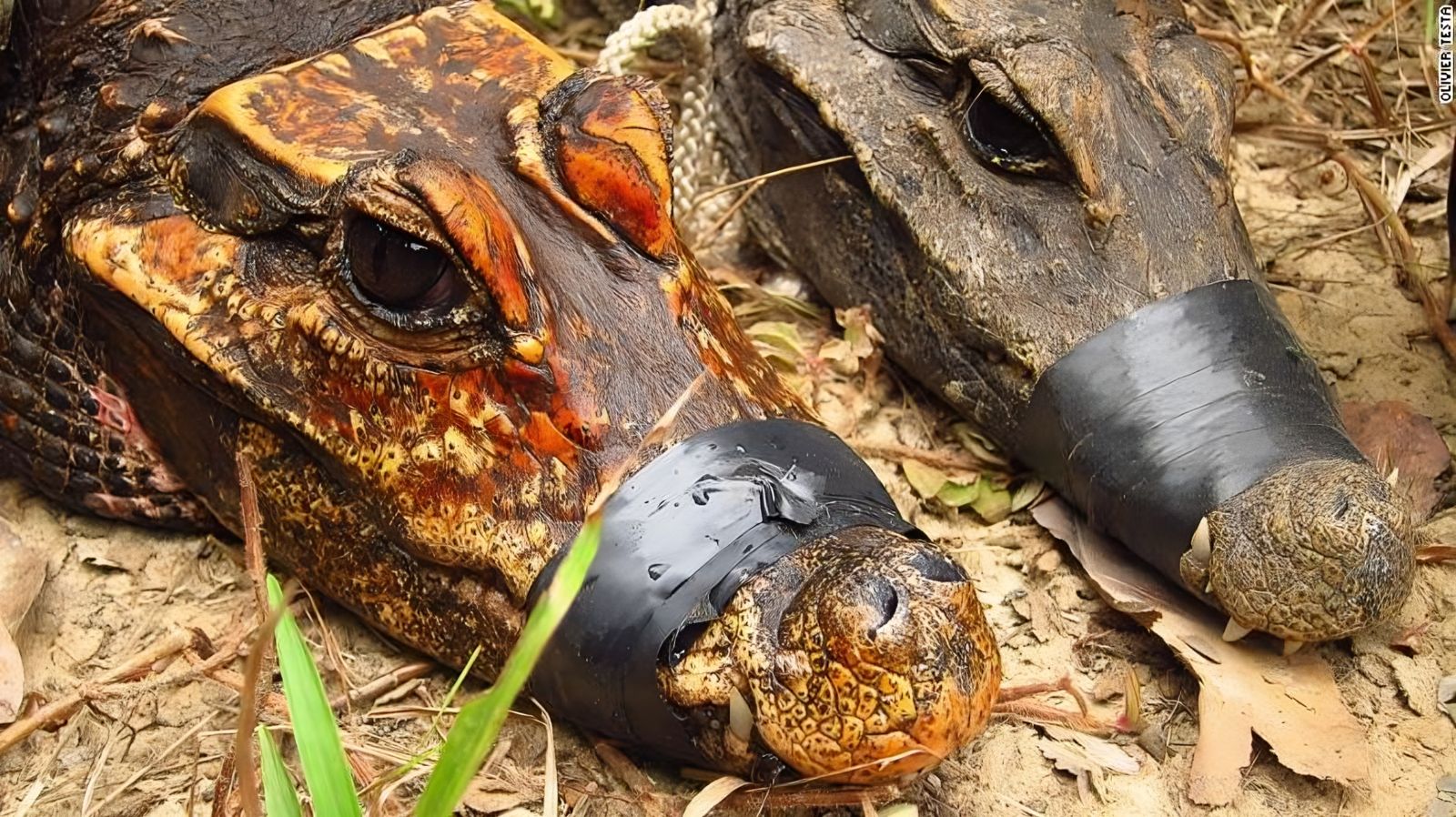These orange crocodiles, evolving rapidly, are becoming a new species 🐊
Follow us on Google News (click on ☆)

An orange dwarf cave crocodile on the left, and a forest crocodile on the right.
Credit: Olivier Testa, CC BY-SA 3.0, via Wikimedia Commons
These cave-dwelling crocodiles, first studied in 2010, exhibit distinct characteristics from their forest-dwelling counterparts. A 2016 study, published in African Journal of Ecology, revealed notable differences in their diet and physical condition, attributed to the abundance of prey and the absence of predators in the caves.
The cave crocodiles, with their unique orange skin, might be undergoing a genetic mutation. This coloration is believed to be due to their prolonged exposure to guano, rich in urea, causing a chemical bleaching of their skin. Unpublished analyses suggest a significant genetic divergence between the cave and forest populations.
Researchers estimate that these crocodiles might be on the verge of becoming a new species. Their isolation in the caves, combined with low migration, favors this speciation. However, the evolutionary process is slow, and its outcome remains uncertain.
The study of these crocodiles offers a unique window into the mechanisms of evolution and adaptation in extreme environments. Their survival in such hostile conditions raises questions about the resilience and plasticity of species.
What distinguishes cave crocodiles from their forest counterparts?
Cave crocodiles and their forest counterparts exhibit notable differences, both in their diet and physical condition. Cave crocodiles primarily feed on bats and crickets, a diet that contrasts with that of forest crocodiles.
These dietary differences have a direct impact on the health and physical condition of the crocodiles. Cave crocodiles, benefiting from an abundance of prey and a lack of predators, are generally in better condition than their forest counterparts.
These distinctions highlight the importance of the environment in the evolution of species. The unique conditions of the caves have allowed the crocodiles to develop specific adaptations, distinguishing them genetically and physically from their counterparts living outside.